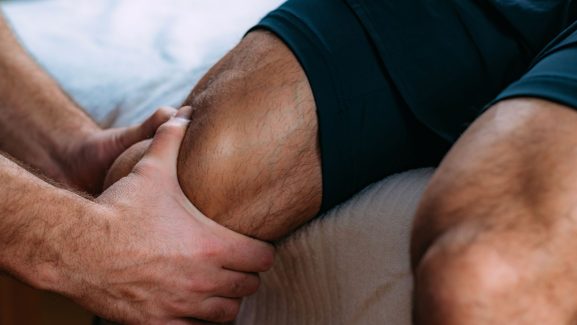Contrast therapy is the secret weapon many athletes swear by to bounce back faster after grueling training sessions.
You’ve probably heard whispers about alternating between hot and cold therapy, but is it really effective?
Let me walk you through what happened when I tried it for the first time after a punishing leg day.
I could barely walk down the stairs—quads burning, knees throbbing, and calves tighter than ever.
A friend recommended a 20-minute contrast therapy session, cycling between a cold plunge and a hot soak.
Skeptical but desperate, I gave it a shot.
And I was genuinely surprised by the difference.
What Is Contrast Therapy?
At its core, contrast therapy involves switching between hot and cold temperatures to stimulate circulation, reduce inflammation, and ease soreness.
Typically, it’s done using ice baths and heated tubs—or even showers—alternating for short intervals.
Think 3 minutes cold, 3 minutes hot, and repeat.
This thermal switching encourages blood vessels to constrict and dilate, essentially pumping out waste and flushing in nutrients.
That’s why many fitness enthusiasts use it after high-intensity sessions, heavy lifts, or long runs.
And the best part? It doesn’t just speed up muscle recovery—it helps with mental clarity and stress relief too.
contrast therapy sessions have become a staple for weekend warriors and pro athletes alike.
Real Results: My 7-Day Recovery Test
To see how real the results were, I did contrast therapy every day for a week after my workouts.
Here’s how it went:
Day 1
Lower body day. DOMS kicked in hard by evening. After 15 minutes alternating between cold and hot tubs, my legs felt lighter. Not pain-free, but more mobile.
Day 2
Shoulders and arms. I noticed the usual post-pump stiffness was cut in half. The cold made the tingling soreness disappear quicker than stretching ever did.
Day 4
I missed a session. Big mistake. My glutes were screaming the next day after hip thrusts. That one missed contrast session made a noticeable difference.
Day 7
Final day of testing. I was shocked—my body felt more agile, and I had more energy. No dragging myself out of bed. Recovery wasn’t just faster; it felt deeper.
How It Works on a Physiological Level
Let’s break down what’s happening inside your body.
Cold exposure narrows your blood vessels, reducing swelling and numbing pain receptors.
Once the heat hits, vessels expand, increasing circulation and carrying oxygen-rich blood to fatigued muscles.
This rapid dilation and constriction of vessels is often called a “vascular flush.”
It removes metabolic waste—like lactic acid—that builds up during training.
You’re essentially giving your muscles a boost in their natural healing cycle.
It’s not magic, but it feels close.
Why Athletes and Everyday Gym-Goers Love It
Contrast therapy isn’t just for elite sports pros.
I’ve seen weekend runners, yogis, CrossFit folks, and even cyclists build it into their routines.
For them, the draw is simple: it reduces soreness, speeds up healing, and helps you hit the gym again without hobbling.
One triathlete I met at a plunge studio said it’s the only reason he could train six days a week without burnout.
Another friend who works a 9-to-5 and does MMA in the evenings swears by it to prevent tight hip flexors and back pain.
Important Tips for First-Timers
If you’re trying contrast therapy for the first time, here’s what you should know:
- Start slow. Don’t go from freezing cold to piping hot right away. Build tolerance gradually.
- Stick to short intervals. 2–3 minutes per cycle works best for most people. Do 3–4 rounds max.
- Hot and cold exposure stresses your system—drink water before and after.
- Listen to your body. If you feel lightheaded or dizzy, step out and rest.
Also, avoid contrast therapy if you have certain medical conditions like heart issues or poor circulation.
Always check with your doctor if you’re unsure.
Other Benefits Beyond Recovery
Here’s something I didn’t expect—how much it helped with mental recovery.
The cold shock triggers a deep breathing reflex that grounds you.
The heat relaxes muscles, but also your mind.
After a session, I slept better, felt calmer, and had sharper focus the next day.
There’s also some early research showing that contrast therapy may support immune function, improve mood, and boost overall resilience.
It’s not a cure-all—but it checks off way more boxes than I anticipated.
Should You Try It?
If you’re pushing your body regularly—whether through weightlifting, running, cycling, or intense studio classes—contrast therapy can be a game-changer.
It’s one of those tools you don’t realize you need until you actually try it.
I used to rely on massage guns and foam rollers alone.
Now, they’re secondary to my hot-and-cold routine.
The science is solid.
The results are tangible.
And from personal experience, I can say it makes a clear difference in how quickly you bounce back.


